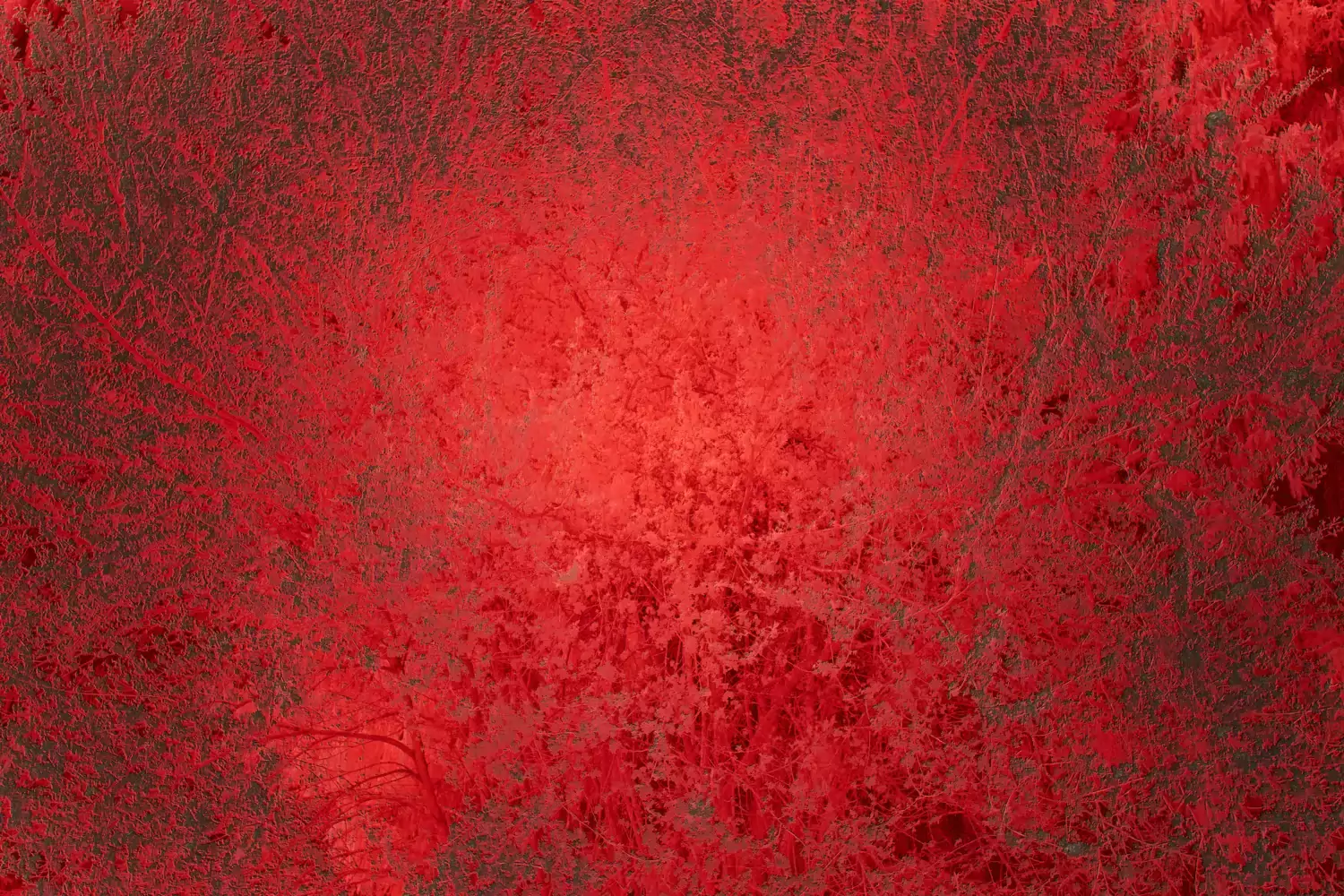Stopping a bleed can save lives

Mattias Günther, an anaesthetist at Södersjukhuset and researcher at Karolinska Institutet, is interviewed in Radio Sweden P1's Kropp och Själ (Body and Soul) and explains, among other things, how to stop heavy or hard-to-reach bleeding using a balloon called REBOA.
Mattias Günther researches how to reduce the number of avoidable deaths, i.e. those that could have been prevented with better medical management in the pre-hospital phase, i.e. from the scene of the injury to the hospital.
"Every year 3 000 people in Sweden die from physical trauma, i.e. blows or violence to the body. Two thirds of them die before they even reach the hospital. Many of these lives could have been saved if someone at the scene had dared to act and tried to stop the bleeding", says Mattias Günther.
But it is not always that simple. Sometimes the bleeding is so severe or difficult to access that external pressure is not enough. This requires more advanced methods that ambulance staff can use.
One such method is called REBOA, a balloon inserted into the aorta, the large artery that runs from the heart down to the abdomen and legs. By inflating the balloon, blood flow to the lower parts of the body can be cut off, reducing blood loss.
The episode Stoppa blodet in Radio Sweden's programme Kropp och själ, partly discusses the Stop the Bleed!campain which originated in the US and has now spread to Sweden, where it has become particularly topical in the wake of the recent wave of violence with shootings and explosions.
The goal of the campaign is to lower the threshold and spread knowledge in society about how to stop a bleed. The most important thing is to have the courage to act.
